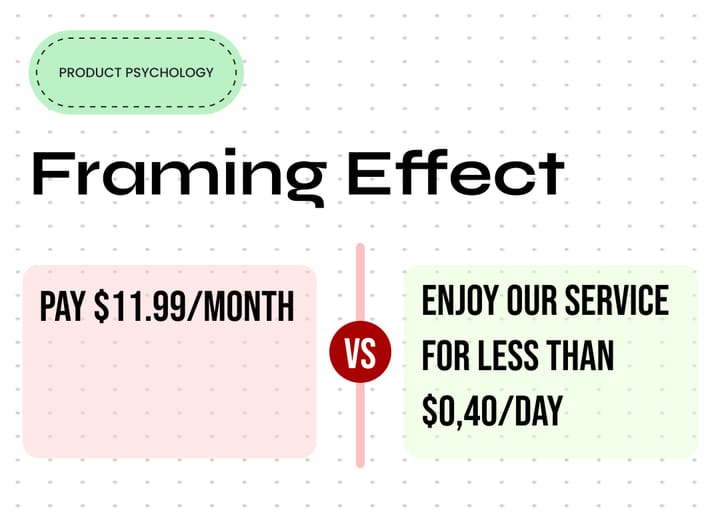Building the Right Product: Decoding Persona Problems and How to Fix Them Effectively

Designers rely heavily on personas to empathize and create a solution that will solve a problem for their audience. The issue is that, since personas are abstract, they are usually misunderstood and misused over the years.
Working with wrong personas encourage you to make bad decisions with confidence.
This can drive you to a dead end over time since the more you rely on the personas, the more bad decisions you’ll make, which will drive you to build the wrong product that will not solve your users problems. Another thing that usually happens is when stakeholder's opinions drive the persona's building by claiming their position in the field and that they understand what the users need.
Here are the main risks of ineffective Personas
- Developing solutions that fail to meet customer needs
- Difficulty communicating and getting buy-in from the stakeholders
- Derail the product due to assumptions about user needs
- Wasting resources on solutions that don’t address the main needs of your users
- Loss of appreciation for user research by stakeholders is a negative outcome for any UX team in long term
You do not know your user just because you named him John Doe 👈 ,
Fun fact, John Doe name is a placeholder used to name an uknown person that can't be identified.
How to fix your persona and ensure your are building for the right audience
Don't rely heavily on Demographic data
Most of you will be familiar with the following image. This is an example where you can better understand that relying blindly to demographic data is not enough. The best way to go is to mix qualitative & quantitative data for your potential users.

Don't fall in the bias trap
When there is not enough research, designers usually fill in the missing parts based on observations. The first thing they do when shaping up a persona is to assign a person's image to it, which will cause them to empathize with what they see, and this will also be the case for stakeholders and other teams. Imagine creating a young guy working his first job in New York City. If you or anyone else was in his position in the past, you might associate some of his behaviors with you. For example, a common way designers do that is to say that the persona likes Starbucks coffee, Netflix, and other commonly used services or products, which end up being biased choices.
Focus on the problem
Instead of starting with the phrase "John Doe faces difficulties with x, y etc." try to reshape your perspective and turn it from being personal to being related to a group of people sharing the same problem. You can start by saying, "As a young man, what difficulties can you find when using our product for x, y etc."
Qualitative personas give us insight into why customers think and act in the way that they do. Keep in mind that a user persona should contain both qualitative and quantitative data in order to be most effective.
Conduct your research
To design personas that are most effective, it is best to do user research ahead to identify potential user groups and understand their needs.
Share insights to other teams and Stakeholders
Show everyone what you find and what issues your users are facing. Help them create empathy with the problem rather than a specific persona.



